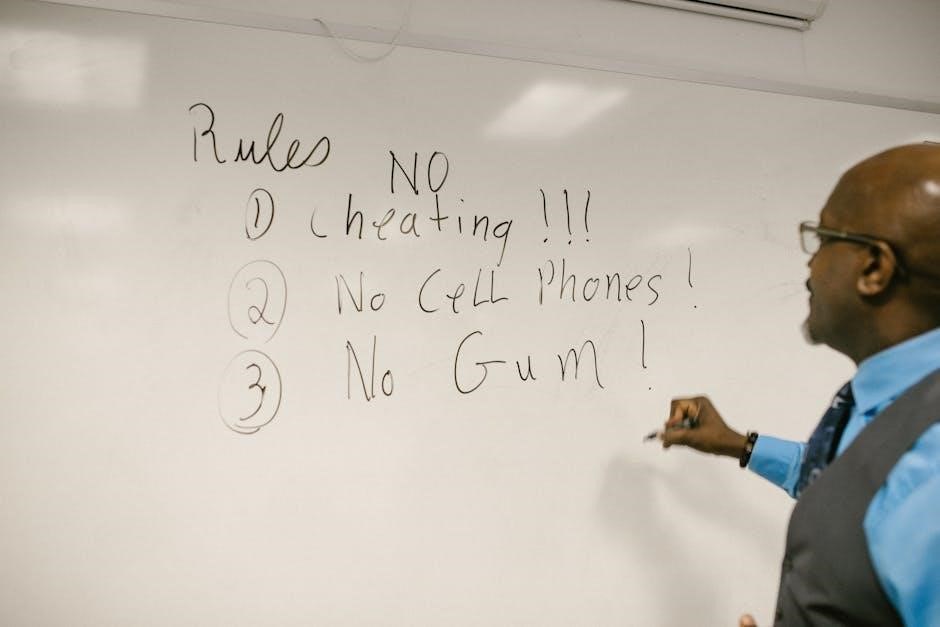To begin with, boiling mouthguard instructions are essential for proper fit and comfort, using
- simple steps
to achieve a customized mouthguard, following the manufacturer’s guidelines is crucial for optimal results always.
Understanding the Importance of Boiling Mouthguards
Boiling mouthguards is a crucial step in the process of creating a customized fit, as it allows the mouthguard to mold to the individual’s teeth and mouth shape. This process is essential for ensuring a comfortable and secure fit, which is vital for protecting the teeth and mouth during sports and other activities. By boiling the mouthguard, the material becomes pliable and can be shaped to fit the individual’s mouth perfectly. This is especially important for people who participate in contact sports, as a well-fitting mouthguard can help prevent injuries to the teeth and mouth. Additionally, a customized mouthguard can also help to improve breathing and speech, making it an essential piece of equipment for athletes. The importance of boiling mouthguards cannot be overstated, as it is a critical step in creating a mouthguard that is both effective and comfortable to wear, using a variety of methods and techniques to achieve the perfect fit.

Preparation for Boiling Mouthguards
Gather a pot, water, and mouthguard, then follow specific
- steps
to prepare for boiling, ensuring a safe and effective process always occurs with proper equipment.
Heating Water to the Correct Temperature
To heat water to the correct temperature, fill a pot with enough water to submerge the mouthguard and place it on the stove. Use a thermometer to monitor the temperature, as it is crucial to reach a rolling boil. According to the instructions, the water should be heated to a specific temperature, usually between 175 and 212 degrees Fahrenheit. This temperature range is essential to ensure the mouthguard is properly sterilized and ready for molding. It is also important to note that the water should be brought to a boil, then reduced to a simmer to maintain a consistent temperature; By following these steps, you can ensure the water is heated to the correct temperature, which is a critical step in the boiling mouthguard instructions. Using a pot and stove is the most common method, but a kettle or microwave can also be used to heat the water.

The Boiling Process for Mouthguards
Boiling mouthguards involves submerging them in boiling water for a specified time, typically between 30 to 60 seconds, using a
- timer
to ensure accuracy always.
Submerging the Mouthguard in Boiling Water
To submerge the mouthguard in boiling water, start by filling a pot with enough water to cover the mouthguard, then bring it to a boil using a stove or kettle, following the manufacturer’s guidelines for temperature and time. The water should be at a rolling boil before submerging the mouthguard, and it’s essential to use a timer to ensure the mouthguard is submerged for the correct amount of time, typically between 30 to 60 seconds. Using a spoon or tongs to handle the mouthguard can help prevent burns and ensure the mouthguard is fully submerged in the boiling water. It’s also crucial to monitor the water temperature and adjust the heat source if necessary to maintain a consistent temperature. By following these steps, you can ensure the mouthguard is properly submerged in boiling water, which is essential for achieving a customized fit and optimal comfort, using a simple and effective method that requires minimal equipment and expertise, making it accessible to everyone. The process is relatively quick and easy to follow, and the results can be significant, providing a comfortable and secure fit that can help prevent injuries and improve overall performance.

Timing and Temperature Considerations
Using a
- timer
to monitor temperature and time is crucial for optimal results always within specific guidelines.
Cooling and Shaping the Mouthguard
To cool and shape the mouthguard, remove it from the boiling water and dip it in cold or ice water to stop the cooking process, then place it in your mouth and suck on it to create a tight fit.
Using your fingers, press the mouthguard against your teeth and gums to ensure a proper fit, and hold it in place for a few seconds to allow it to cool and set.
It’s essential to follow the manufacturer’s instructions for cooling and shaping the mouthguard, as different materials may require specific handling.
A properly cooled and shaped mouthguard will provide optimal protection and comfort during use.
The cooling and shaping process is a critical step in the boiling mouthguard instructions, and it requires attention to detail to achieve the best results.
By following these steps, you can ensure a well-fitted mouthguard that meets your needs and provides the necessary protection.
The mouthguard should be cooled and shaped immediately after boiling to prevent it from becoming too hard or misshapen.
Proper cooling and shaping will also help to prevent the mouthguard from causing discomfort or irritation during use.
It’s also important to note that some mouthguards may require additional steps or special care during the cooling and shaping process.

Post-Boiling Care and Instructions
Properly cleaning and storing the mouthguard is essential, using soap and water to maintain hygiene always.
Final Steps for a Properly Fitted Mouthguard
To complete the fitting process, carefully remove the mouthguard from your mouth and rinse it with cold water to stop the molding process. Use a soft toothbrush to gently clean the mouthguard, removing any excess material. Allow the mouthguard to air dry, avoiding any direct sunlight or heat sources. Store the mouthguard in a protective case when not in use to maintain its shape and prevent damage. Regularly inspect the mouthguard for any signs of wear or damage, and replace it as needed. By following these final steps, you can ensure a properly fitted mouthguard that provides optimal protection and comfort. Additionally, consider consulting with a dental professional for guidance on the fitting process and to ensure the mouthguard meets your specific needs. With proper care and maintenance, your mouthguard will provide long-lasting protection for your teeth and mouth.